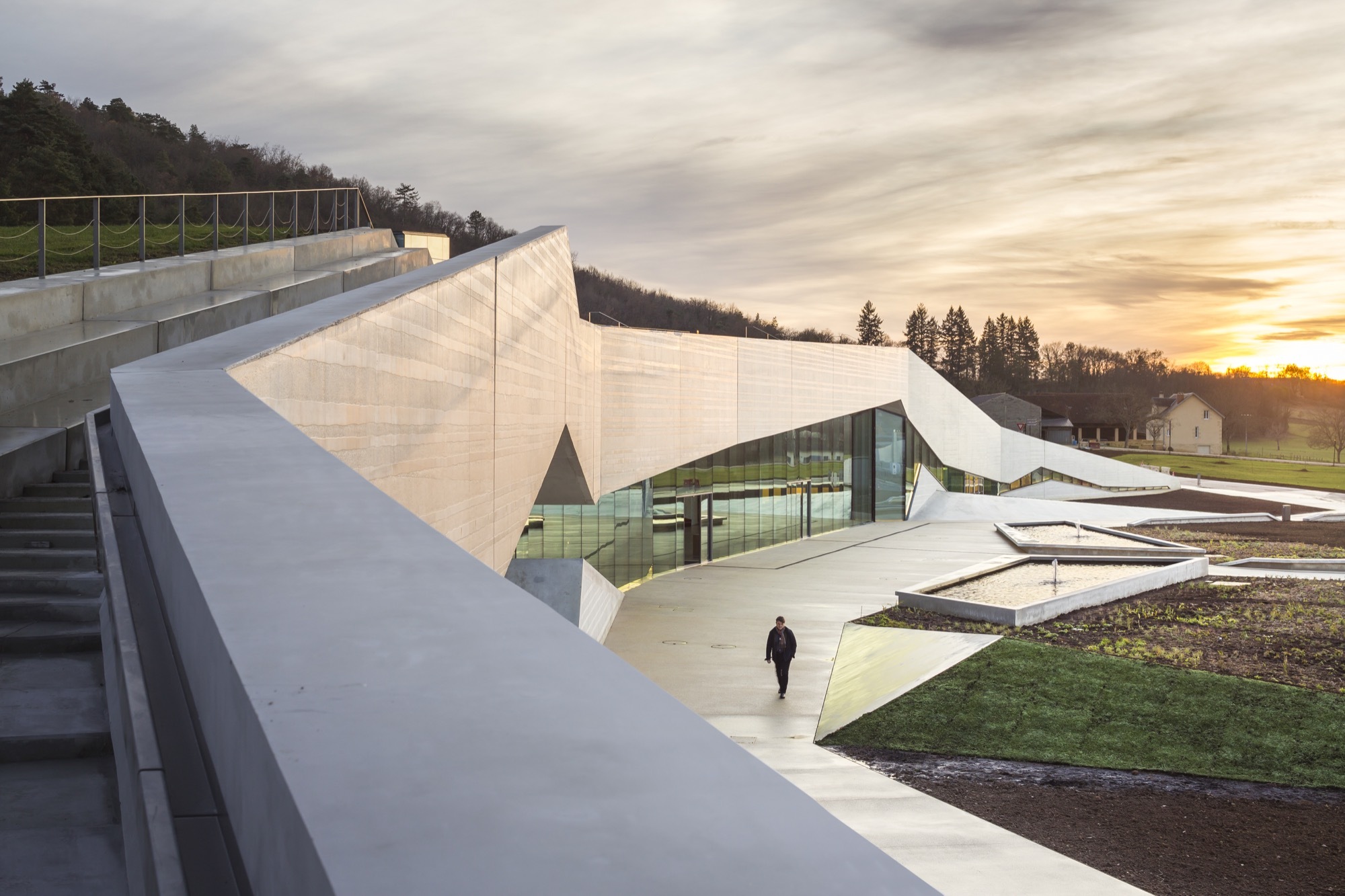John Berger, Bento’s Sketchbook (New York: Pantheon Books, 2011), 16.
Brassaï, Conversations with Picasso, trans. Jane Marie Todd (Chicago: Univesity of Chicago Press, 1999), 95.
In Lascaux, certain animals depicted were not yet local to the surrounding Vézère Valley at their time of inscription.
Infants were responsible for extensive “finger flutings” in Rouffignac Cave in the Dordogne, and fossilized footprints in caves were often tread by Paleolithic teenage boys. R. Dale Guthrie, The Nature of Paleolithic Art (Chicago: University of Chicago Press, 2005), 127.
Frederick Kiesler, “Notes on Designing the Gallery,” in Vision Follows Reality, eds. Luco Lo Pinto, Vanessa Joan Müller, and the Austrian Frederick and Lillian Kiesler Private Foundation (Vienna: Sternberg Press, 2015), 59.
Christophe Catsaros, ed., Lascaux Centre International de l’Art Pariétal (Paris: Archibooks, 2017). Veslegard’s comment from a conversation with the author on June 27, 2019.
In total, there are twenty-five decorated caves and 147 prehistoric sites in Vézère Valley.
Prehistorian Michel Lorblanchet holds drawing firsthand from rock art to be an essential research. Justin E. H. Smith, “What Cave Art Means,” Art in America, September 1, 2018, ➝.
Pedro Lima and Philippe Psaïla, All Lascaux, trans. Venetia Bell (Montélimar: Éditions Synops, 2017), 175.
Craig Riley in a conversation with the author on June 28, 2019.
Rune Veslegard in a conversation with the author on June 27, 2019.
Craig Riley in a conversation with the author on June 28, 2019.
Joséphine Bindé, “The Adventure of Lascaux IV,” Beaux Arts Éditions: Lascaux (2016), 20.
Gilles Lafleur in a conversation with the author on June 15, 2019.
Ibid.
Rune Veslegard in a conversation with the author on June 27, 2019.
Christophe Lucet, “Lascaux: La grotte comme vous ne l’avez jamais vue,” Sud Ouest (March 2018), 8.
There was, I was told, debate over exhibiting the model in block form, like a milled matrix, versus as floating skins.
Daniel Commins, “The Acoustics of Lascaux” (unpublished paper shared with the author), 6.
Daniel Commins in a conversation with the author on July 1, 2019.
According to Lascaux personnel, who briefed Veslegard and Kristiansen before entering Lascaux I, sound might deteriorate the quality of the paintings, but in a conversation with me, Commins dismissed this, claiming that any sound below the threshold of a sonic boom has low wave energy.
Rune Veslegard in an email to the author on June 27, 2019.
I reference the notion of “sensory realities” elaborated by Mike Gulliver (University of Bristol), ➝.
Most of Commins’s work in “tuning” the facsimile, once in situ, served to reduce noise leaks from technical infrastructure frameworks around the model, such as air conditioning systems to cool the facsimile to cave-appropriate levels.
Daniel Commins in a conversation with the author on July 1, 2019.
Ibid.
Daniel Commins, “The Acoustics of Lascaux” (unpublished paper shared with the author), 20.
An olfactory component was considered, but ultimately not integrated. Painter Gilles Lafleur, who helped helm the facsimile, likened a cave’s smell to “earth, with a little bit of mushroom.” Gilles Lafleur in a conversation with the author on June 15, 2019.
Adolf Loos, “The Mystery of Acoustics,” in On Architecture, eds. Adolf Opel and Daniel Opel, trans. Michael Mitchell (Riverside, CA: Ariadne Press, 2002). Ines Weizman makes this link in her essay, "Tuning into the Void: The Aurality of Adolf Loos's Architecture," where she theorizes Loos's amplified attunement to acoustics, and its material bases, in relation to his increasing deafness: "Tuning into the Void: The Aurality of Adolf Loos's Architecture," Harvard Design Magazine 38 (2014): 8–16, ➝.
Charles Hartshorne and Paul Weiss, eds., Collected Papers of Charles Sanders Peirce (Cambridge, MA: The Belknap Press of Harvard University Press, 1974), 5,543.
I reference the title of Juhani Pallasmaa’s classic, The Eyes of the Skin: Architecture and the Senses (London: John Wiley & Sons Ltd, 2012).
Iegor Reznikoff, “On the Sound Related to Painted Caves and Rocks,” The Archaeological Society of Finland 2 (2014): 101–109, 104.
François Bonnet, The Order of Sounds: A Sonorous Archipelago (London: Urbanomic, 2016), 67.
Ryan Bishop, “Project ‘Transparent Earth’ and the Autoscopy of Aerial Targeting: The Visual Geopolitics of the Underground,” Theory Culture Society 28 (2011): 270, 9, as cited in Ayesha Hameed, “Jupiter,” in Unsound: Undead, eds. Steve Goodman, Toby Heys, and Eleni Ikoniadou (Falmouth, UK: Urbanomic, 2019).
See, for instance, Steven J. Waller, “Sound Reflection as an Explanation for the Context and Content of Rock Art,” Rock Art Research 10, no. 2 (1993): 91–101.
Reznikoff, “On the Sound Related to Painted Caves and Rocks”: 101.
In “Book V” of De Architectura, Vitruvius stipulates that “particular pains must also be taken that the site be not a ‘deaf’ one, but one through which the voice can range with greatest clearness. This can be brought about if a site is selected where there is no obstruction due to echo.” Vitruvius, The Ten Books on Architecture, trans. Morris Hickey Morgan (New York: Dover Publications, 1914), as cited and discussed in Emma McCormick-Goodhart, “At the Edge of the Audible: Auscultating Non-Auditory Geographies,” in Articulating Media: Genealogy, Interface, Situation, eds. James Gabrillo and Nathaniel Zetter (London: Open Humanities Press, forthcoming).
Gary Tomlinson, A Million Years of Music: The Emergence of Human Modernity (Brooklyn: Zone Books, 2015), 68.
After reading the author’s work on stethoscopic listening, Daniel Commins noted in an email to the author that his purported ancestor, Nicolas Commins, is supposed to have suggested in 1829 to René-Théophile-Hyacinthe Laennec, who invented the monaural stethoscope in 1816, that the stethoscope should be made binaural.
